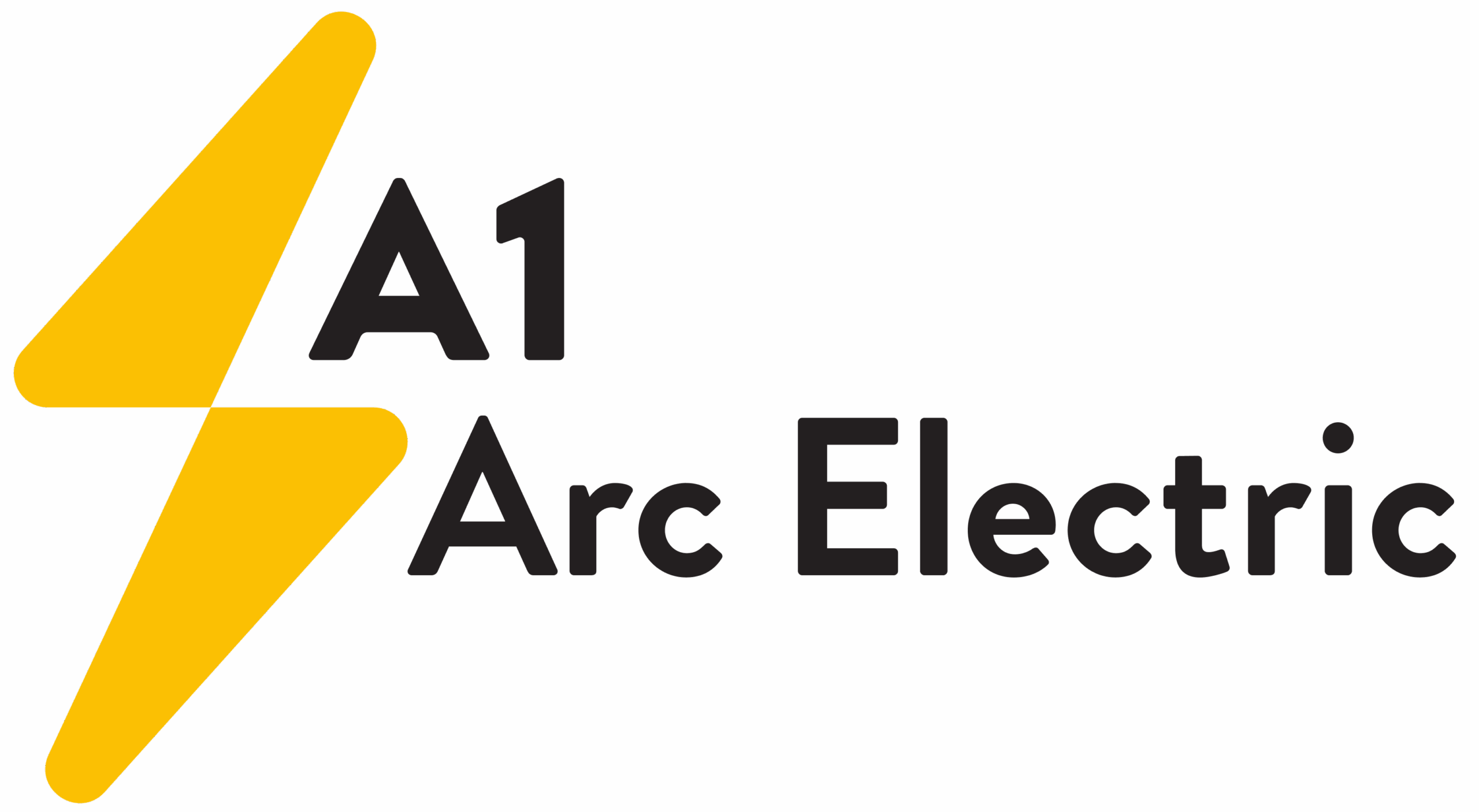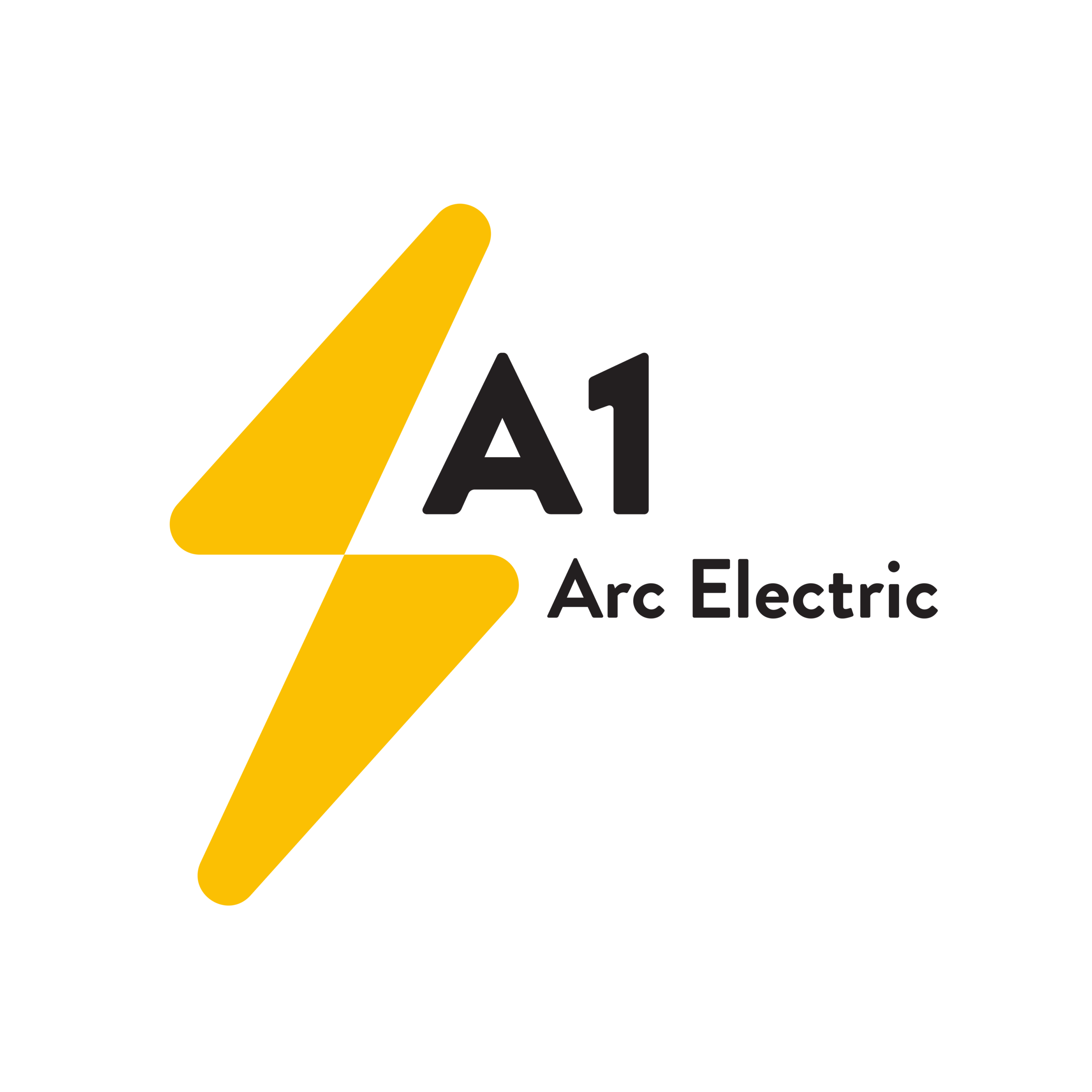Rewiring your home is more than a simple renovation—it’s a vital step in creating a safe, efficient, and comfortable living environment. As homes age, their electrical systems often become outdated and unable to handle the demands of modern living. This not only restricts the use of new appliances and technologies but also introduces severe safety risks, such as electrical fires, shorts, and even electric shocks. In cities like Vancouver and Burnaby, where many homes were built decades ago, these concerns are especially relevant.
Transitioning to a modern wiring system means you can safely install and operate advanced lighting solutions, energy-efficient appliances, EV chargers, and smart home devices. New wiring significantly improves the overall energy efficiency of your home, helping to lower utility bills and reduce your carbon footprint. It also ensures your property adheres to the latest safety codes, which is crucial for insurance purposes and future resale value.
Moreover, an upgraded electrical system supports technological advancements and enhances comfort, making your living space more adaptable to future needs. Whether you’re renovating your current home or planning for future upgrades, rewiring is a foundational investment in your family’s safety and the long-term value of your property.
Understanding Whole Home Rewiring: What’s Involved and When It’s Needed
- Whole home rewiring replaces all outdated or unsafe wiring.
- Often includes upgrading the electrical panel, outlets, and switches.
- Needed when existing wiring is worn, insufficient, or unsafe.
- Ensures compliance with modern safety standards and supports new appliances.
- Commonly done during major renovations or in older homes.
Whole home rewiring is a comprehensive process that involves replacing every piece of outdated or unsafe electrical wiring in your house. This overhaul is not limited to just swapping out a few wires behind the walls; it usually extends to upgrading the main electrical panel, installing new outlets and switches, and ensuring all fixtures are compatible with modern safety standards.
Why is this necessary? Older wiring, such as knob-and-tube or aluminum, was designed for a time when homes had far fewer electrical needs. Today’s households are equipped with high-demand appliances like heat pumps, air conditioners, and electric vehicle chargers, all of which require a robust and reliable electrical system. Attempting to run modern devices on outdated wiring can lead to frequent outages, overheating, or even electrical fires.
Whole home rewiring is often recommended during large-scale renovations, when opening up walls provides easier access to existing wiring. It’s also essential in homes where inspections reveal aged or hazardous electrical systems. By investing in a complete rewire, you future-proof your property, making it ready for the latest technology and ensuring compliance with strict safety regulations. This process is a cornerstone of any substantial home modernization or energy efficiency upgrade.
Recognizing the Signs: When Should You Consider an Electrical Upgrade?
- Frequent circuit breaker trips indicate overloaded wiring.
- Flickering lights can signal loose or faulty connections.
- Discolored outlets or switches may show overheating or electrical damage.
- Presence of aluminum wiring or outdated panels is a warning sign.
- Minor shocks from outlets or switches suggest underlying wiring issues.
Not sure if your home needs an electrical upgrade or full rewiring? There are several clear warning signs that homeowners in Vancouver and Burnaby should watch for. One of the most common red flags is frequent tripping of circuit breakers or blown fuses, which usually signals that your system is overloaded or that certain circuits are unsafe.
Flickering or dimming lights are another giveaway, especially if they occur when you turn on appliances. This can point to loose or deteriorating wiring connections that need immediate attention. Visible discoloration, scorch marks, or warmth around outlets and switches can indicate overheating—a serious fire hazard that should not be ignored.
The presence of aluminum wiring, common in homes built during the 1960s and 1970s, is a well-known risk factor due to its tendency to degrade faster than copper. Outdated electrical panels, particularly those with only 60 amps, struggle to keep up with today’s power demands and may not be compliant with current safety codes.
Finally, experiencing even minor shocks when touching switches or outlets is a strong signal that there is an issue with your wiring. If you notice any of these symptoms, it’s crucial to consult a professional electrician to assess whether your home needs an upgrade or a complete rewire.
Step-by-Step Overview: The Home Rewiring Process Explained
- Assessment and planning by a qualified electrician.
- Securing necessary permits for compliance with local codes.
- Power is safely turned off before work begins.
- Old wiring is removed and replaced with new, code-compliant cables.
- Electrical panel is upgraded, and new outlets/switches are installed.
- Final inspection and testing ensure safety and code adherence.
The process of rewiring a home might sound overwhelming, but understanding each step can help you feel more confident and prepared. It all begins with a thorough assessment by a licensed electrician, who evaluates the current system and designs a tailored rewiring plan based on your home’s unique needs and future power requirements.
Before any work starts, the electrician secures all necessary permits to ensure the project meets local building codes, which is especially important in regions like Vancouver and Burnaby where regulations are strict. Once the paperwork is sorted, the power supply to your home is safely turned off to protect everyone involved.
The next stage involves removing the old, outdated wiring from walls, ceilings, and crawl spaces. New copper or modern aluminum cables are then installed, along with updated outlets, switches, and fixtures that meet current safety standards. If your electrical panel is outdated or undersized, it’s upgraded at this point to efficiently manage the increased electrical load and prevent overloads.
Once installation is complete, the entire system undergoes rigorous testing and inspection. This final check ensures that all work is up to code, safe, and ready to support your family’s needs for years to come. While the process may temporarily disrupt your daily routine, the end result is a safer, more reliable, and future-ready home.
Cost Breakdown: What to Expect When Budgeting for a Rewire
- Labor costs typically range between $50 and $150 per hour.
- Total labor expenses may vary from $1,000 to $7,400 based on complexity.
- Material costs depend on wire type and home size (copper, NM cable, etc.).
- Additional fees include permits ($25–$400) and inspection charges ($150+).
- Costs influenced by home age, size, and the extent of rewiring required.
Budgeting for a whole home rewire is a significant consideration, but understanding the key cost factors can help you plan effectively. Labor usually constitutes the largest portion of the expense, with rates in Vancouver and Burnaby typically ranging from $50 to $150 per hour. The total labor cost for a residential rewire often falls between $1,000 and $7,400, depending on the size of your home and the complexity of the job.
Materials are another important component. Copper wiring, the industry standard for safety and reliability, can cost anywhere from $0.15 to $1.50 per foot, while non-metallic (NM) cable is priced between $0.50 and $3.50 per square foot. The total amount needed depends on your home’s layout and the number of circuits required.
Don’t forget additional fees such as permits (ranging from $25 to $400) and pre-project inspections ($150 or more), which are necessary to ensure compliance with local safety codes. Other variables like the age of your home, the presence of hazardous materials, or the need for an electrical panel upgrade can influence the final price.
While the initial investment may seem high, the long-term benefits—increased safety, energy efficiency, and higher property value—make rewiring a smart and essential decision for homeowners and property managers alike.
DIY vs. Professional Rewiring: Making the Safe and Smart Choice
- DIY rewiring carries significant risks of electrocution and fire.
- Lack of expertise may lead to code violations and costly mistakes.
- Professionals ensure safe, efficient, and code-compliant installations.
- Professional work is subject to inspection and warranty, ensuring peace of mind.
- Hiring experts protects your investment and ensures long-term reliability.
While the idea of saving money with a DIY rewiring project might be tempting, electrical work is one area where professional expertise is absolutely crucial. Handling high-voltage systems without the proper training can result in serious injuries, electrical fires, or even fatalities. Even minor mistakes can have long-lasting consequences, from code violations that complicate future renovations or sales, to hidden faults that endanger your home and family.
Licensed electricians have the training and experience needed to navigate complex wiring schemes, troubleshoot unforeseen challenges, and ensure that every aspect of the installation meets stringent local codes. Professional rewiring jobs are subject to official inspections and are often backed by warranties, offering an extra layer of security and peace of mind.
Moreover, hiring a professional means you benefit from their knowledge of the latest technologies and materials, ensuring your rewiring project supports features like advanced lighting, EV chargers, and efficient heating and cooling systems. Ultimately, entrusting your home’s electrical upgrade to a qualified expert not only protects your investment but also guarantees the safety and comfort of everyone who lives or works in the space.
Upgrading for the Future: Lighting, EV Chargers, Heat Pumps, and More
- Modern wiring supports advanced lighting solutions for energy efficiency and ambiance.
- Prepares home for installation of EV chargers, supporting electric vehicle adoption.
- Essential for safe and efficient operation of heat pumps and air conditioning units.
- Enables integration of smart home systems and future technologies.
- Increases flexibility for future renovations or additions.
Today’s homes are evolving rapidly, and modern wiring is the backbone that supports this transformation. Upgrading your electrical system is about more than just safety—it’s about unlocking new possibilities for comfort, efficiency, and sustainability. Advanced lighting systems, for instance, can be tailored to create the perfect ambiance while minimizing energy use through LED technology and smart controls.
If you’re considering an electric vehicle, rewiring ensures your home is prepared for the installation of an EV charger, enabling fast and safe charging right in your own garage. Similarly, heat pumps and air conditioning units—key to maintaining comfort in Vancouver and Burnaby’s variable climate—require dedicated circuits and robust wiring to operate reliably and efficiently.
A rewired home is also ready for the latest smart home technologies, from automated lighting and security systems to energy monitoring and remote control of appliances. By investing in a complete electrical upgrade, you’re future-proofing your property, making it adaptable to new innovations and ensuring that any future renovations can be completed more easily and economically.
Ultimately, upgrading your wiring isn’t just about meeting today’s needs—it’s about setting the stage for tomorrow’s advancements and making your home a truly modern living space.
Frequently Asked Questions About Home Rewiring
- What disruptions should I expect during rewiring?
- What are the main signs that my home needs rewiring?
- What does a full home rewire include?
- How long does the process typically take?
- Is rewiring worth the investment for older homes?
What disruptions should I expect during rewiring?
Rewiring an entire home can be invasive, as electricians may need to open walls and ceilings to access old wiring. Temporary power outages and some dust or debris are common, but professionals strive to minimize disruption and restore your home to its original condition as quickly as possible.
What are the main signs that my home needs rewiring?
Frequent breaker trips, flickering lights, discolored or warm outlets, and minor shocks are all indicators that your wiring may be outdated or unsafe. Homes with aluminum wiring or old 60-amp panels are particularly at risk and should be evaluated by an electrician.
What does a full home rewire include?
A comprehensive rewire covers the full replacement of old wiring, installation of a new electrical panel, and upgrading all outlets, switches, and fixtures to ensure compliance with current safety standards.
How long does the process typically take?
The duration depends on the home’s size and complexity, but most rewiring projects in single-family homes take between one and two weeks, with larger or more complex properties requiring additional time.
Is rewiring worth the investment for older homes?
Absolutely. Rewiring not only improves safety and energy efficiency but also increases property value and provides peace of mind, making it a smart investment for any homeowner.
Reaping the Benefits: How Rewiring Enhances Value, Comfort, and Safety
- Rewiring significantly reduces fire and electrical hazards.
- Boosts energy efficiency and lowers utility bills over time.
- Increases home value and makes property more appealing to buyers.
- Supports the integration of modern technology and appliances.
- Provides long-term peace of mind with a safe, reliable electrical system.
Investing in whole home rewiring delivers a multitude of lasting benefits. First and foremost, it dramatically reduces the risk of electrical fires and shocks, safeguarding your family, tenants, or employees. Enhanced safety is especially valuable in older homes or buildings where outdated wiring may pose hidden dangers.
A modern electrical system also operates more efficiently, minimizing energy loss and helping you save on ongoing utility bills. For homeowners considering a future sale, a rewired property is more attractive to potential buyers, who are increasingly looking for homes that are both safe and technologically up-to-date.
Beyond safety and efficiency, new wiring supports the seamless integration of today’s most innovative technologies—from smart lighting and security systems to EV chargers and advanced climate control solutions. This flexibility ensures your property remains comfortable and adaptable for years to come.
Ultimately, whole house rewiring is an investment in your property’s value, your everyday comfort, and, most importantly, your peace of mind. By upgrading your home’s electrical system, you create a safer, more efficient, and future-ready environment for everyone under your roof.





